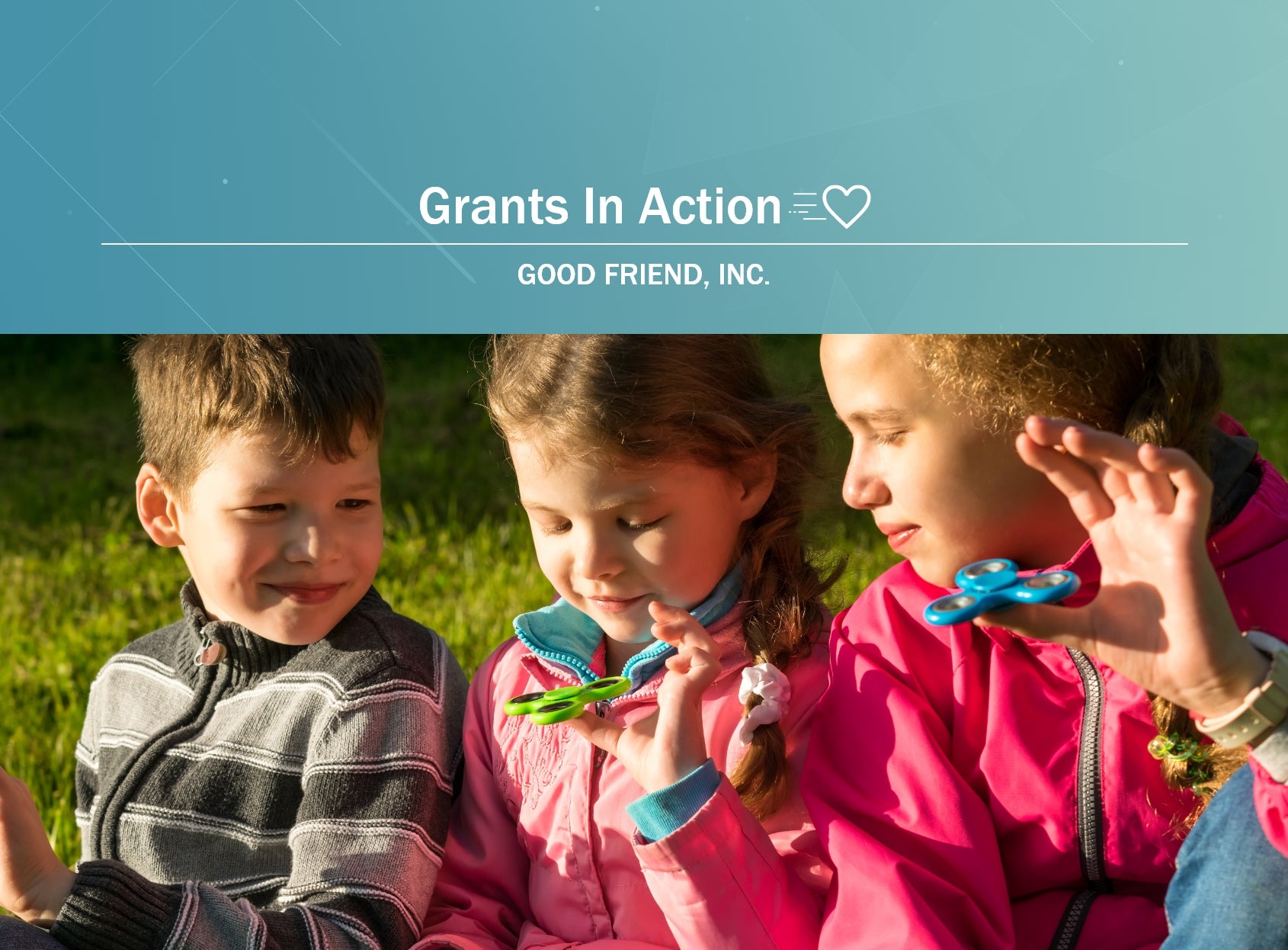The Challenges of Disaster Giving Part II

In the wake of tragedy, it is almost instinctive to search for ways to help. Many times, the way to do it is to financially support charitable organizations on the ground in the affected areas.
Below, National Philanthropic Trust's Assistant Vice President of Grantmaking Services, Andrea Rush, shares what it’s like for nonprofits processing the influx of donations in the aftermath of a disaster.
Q: What kind of impact does a disaster have on NPT’s Donor Services Department?
A: It is important that donors who want to make an immediate grant from their donor-advised fund have an accessible grant recipient. Therefore, one of our first thoughts in Donor Services after a tragedy is to identify the immediate needs and make information about charitable organizations available to our donors. We highlight organizations that are both reputable and have a presence in the location so charitable giving is the most effective.
Whenever disaster strikes, we see a spike in donor-advised fund grant volume in some way. The largest responses I’ve seen were after 9/11, Hurricane Katrina, the 2004 Tsunami and Haiti.
Q: What do you think are the biggest factors in whether or not a disaster attracts a charitable giving response?
A: Charitable giving for disasters varies greatly with the extremity of the crisis and also the extent of the news coverage. For example, more localized tragedies, like last year’s tornadoes in the Southern and Midwestern U.S. did not see as much disaster giving activity as the Japanese earthquake and tsunami that happened two months earlier. When photos and testimonies of tragedy are on the news, in the papers, on the radio constantly you are reminded of how that disaster is affecting the local communities and, in turn, you want to help.
Another reason charitable giving can lag in some crises is “donor fatigue.” Clearly, disasters are never planned, so disaster giving is an unanticipated expense for donors. To use last year’s example again, the earthquake and tsunami struck Japan in March, so when the tornadoes hit parts of the U.S. in May, some people had already given what they could.
Q: How does NPT conduct its research on foreign grant recipients during the disaster? Does the research strategy change based on the location or culture of the affected area?
A: Although we can implement direct international grants overseas through our donor-advised funds, in times of tragedy, we try to focus on giving to disaster relief organizations which maintain US public charity status. We do this for several reasons: direct international grants require a great deal of added due diligence; also, with an international grant, we require that every dollar spent must be accounted for. In the aftermath of a tragedy, the focus is usually immediate impact and getting dollars out of donor-advised funds and into the charities to reach people right away. It is much easier to grant to the American Red Cross and have them pass it on to Japan Earthquake relief than to try to give the funds to the Japanese Red Cross.
In some instances, we have to take into account the culture of the country as well. In the case of the 2010 earthquake that rocked Chile, the Government of Chile was very vocal that they wanted to take care of their own problems without outside aid. So we focused on organizations that were providing supplies and not dollars. Another example is the earthquake that struck Myanmar in March 2011: the country is so closed off from the rest of the world that it was very difficult for the international community to assist in the relief and recovery efforts. Only select groups working in the country were able to make headway.
Q: What’s the best advice you can give donors who are searching for a way to help after a disaster?
A: The single most important thing I would say is this: in a disaster situation, a charitable giving response should always meet the need of the affected community first.
By far, most of our donors give to the tried and true disaster response organizations, and this is where we encourage the donors to give. You want to choose organizations to donate to which are well-known, which have capacity and staff that can rapidly mobilize and respond. Also, it is key to give to organizations which already have an on-the-ground presence. Groups that are already working in the area know the people, the language, the need, the government nuances, etc. Haiti is a prime example of that. Groups that could react immediately were already working in Haiti, such as Partners in Health.

